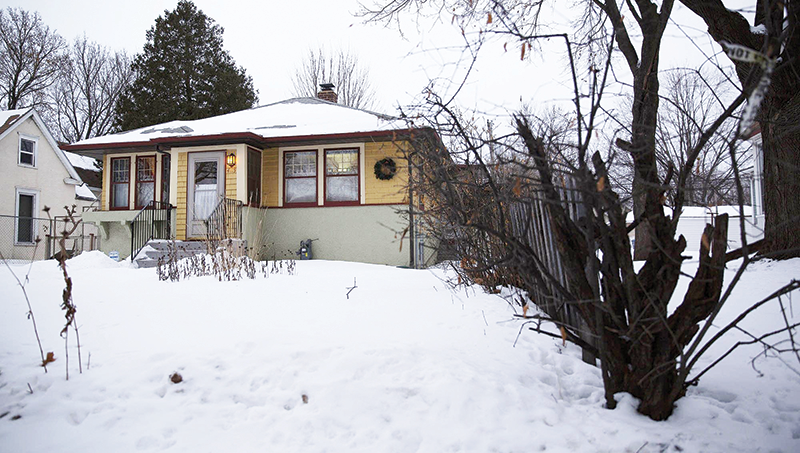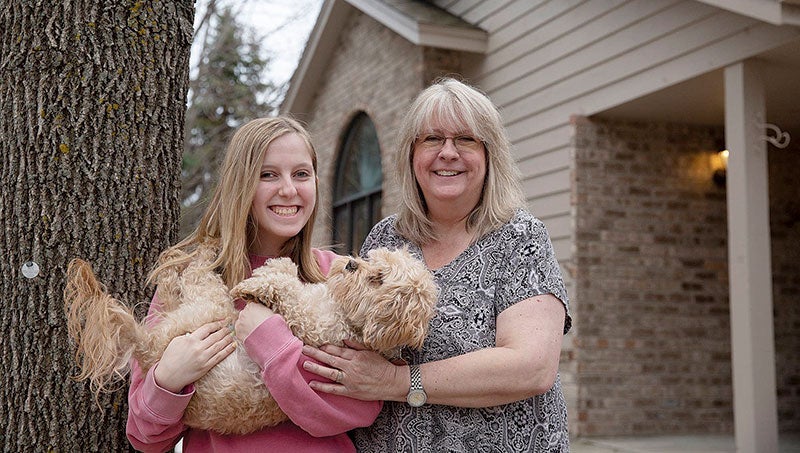Home sellers learn to live with new radon rules
Published 4:20 pm Thursday, July 17, 2014
By Martin Moylan
MPR News, 90.1 FM
Keith and Joy Kuby have lived 20 years in their Minnetonka home, but it wasn’t until they decided to sell the house that they discovered it had a problem with radon.
The odorless, colorless gas is the leading cause of lung cancer in non-smokers. Since January, Minnesota has required all home sellers to disclose any information they have about radon in their houses. The woman planning to buy the Kuby’s home had it checked for radon and made lowering its radon levels a requirement for closing the deal.
“When we first bought this home, radon wasn’t even on the radar for anybody,” Keith Kuby said. “Today, we would have had it tested, if we were buying it now … just because we are more aware of it.”
Health experts pushed for the disclosure law, arguing long-term radon exposure kills 700 people each year in Minnesota. Some in the real estate business, though, worried talking with buyers about a potential health hazard would make it harder to get deals done.
So far, that hasn’t been the case. The industry has learned to navigate the new rules and respond when a potential buyer, or lender, wants action taken on radon before closing a sale. If radon is found, it’s typically not a deal killer, given that the average cost of a resolution is about $1,500, said Jim Young, a senior vice president for Edina Realty.
Before a purchase agreement is signed, sellers must disclose what they know about radon tests and levels for their homes. And sellers must also provide buyers with state health department warnings about radon’s dangers.
The sales process can drag out if a potential buyer insists on a solution. But buyers and sellers can also negotiate who pays the cost of ridding a house of radon.
Once that’s done, it’s a matter of finding a way to get the radon out.
The gas is produced by the decay of uranium and radium found in soil. Homes built in Minnesota since June 2009 have construction features that may limit radon entry, but even they can have worrisome levels of the gas.
At the Kuby’s house, an inspection found a radon level of 5.4 picocuries per liter. That’s worrisome. Health officials say that if the average level is at or above 4, a house should definitely be fixed.
Removing radon typically involves installing a piping system that channels the gas from beneath the house to outside the house. Levels can be cut dramatically by sealing foundations cracks and other entry points and giving the gas a pathway around the house, said Steve Reichert, manager of radon services with Cocoon Home Performance Solutions in Eden Prairie.
Last week, Reichert was scrunched down on the gritty garage floor of the Kuby’s house, breaking through concrete block with a 75-pound monster drill about the size of a jackhammer. He was searching for a way to snake a pipe from the basement, though a crawl space, into the garage and up to the roof.
“When I put in a system, my goal is to get it under 2 picocuries, which I’m very confident we can do in this house,” he said.
Any home can have high radon levels. Health officials estimate 40 percent of Minnesota homes have radon at or above 4 picocuries, the level the U.S. Environmental Protection Agency says should cause homeowners to make a fix.
Radon causes over 21,000 lung cancer deaths in the United States annually, the EPA estimates, and the risk of death rises in lockstep with the level of radon.
The state health department is to trying to get a handle on how much radon testing and removal is going on. The number of reported mitigations reached 2,100 last year, double the number in 2011. But those numbers may understate the actual count, because no one is required to report radon reductions.
The dangers of radon should inspire homeowners to do something about it, said Joshua Kerber, who heads the state health department’s indoor air unit.
“If you believe the science that smoking causes lung cancer, the same exact science links radon exposure top lung cancer,” he said. “So, the less radon we are exposed to, the better off we are.”
More buyers are requiring radon tests as part of pre-purchase home inspections. But most still skip the tests. “It’s not being inspected for as much you might think,” Young said.



